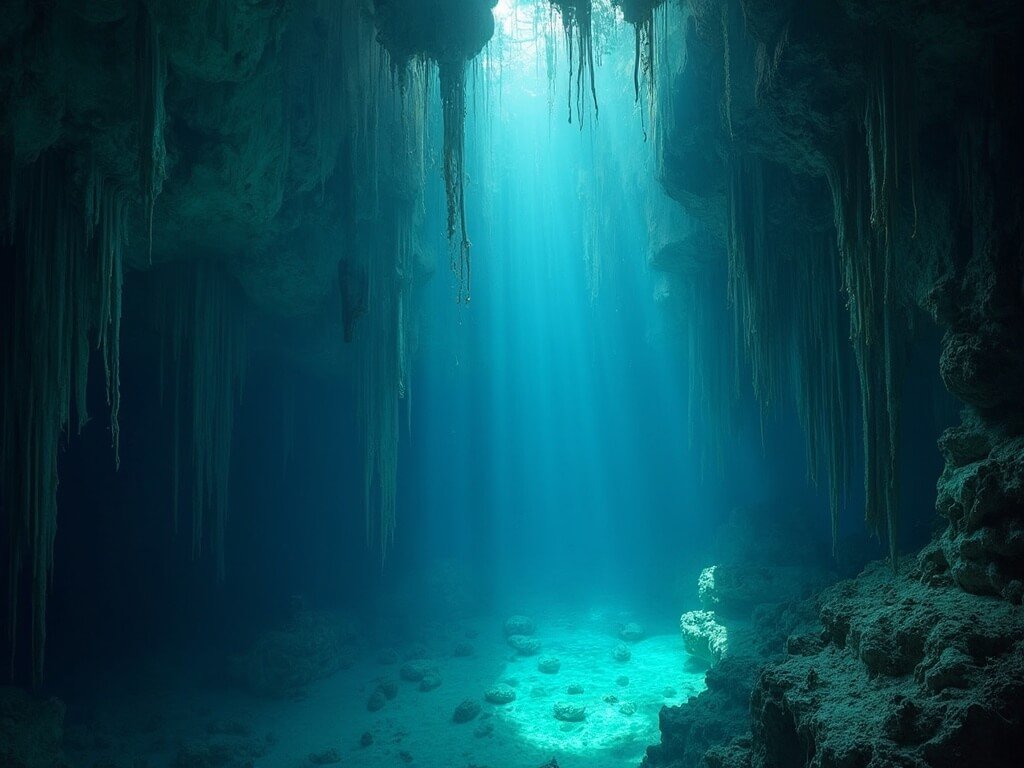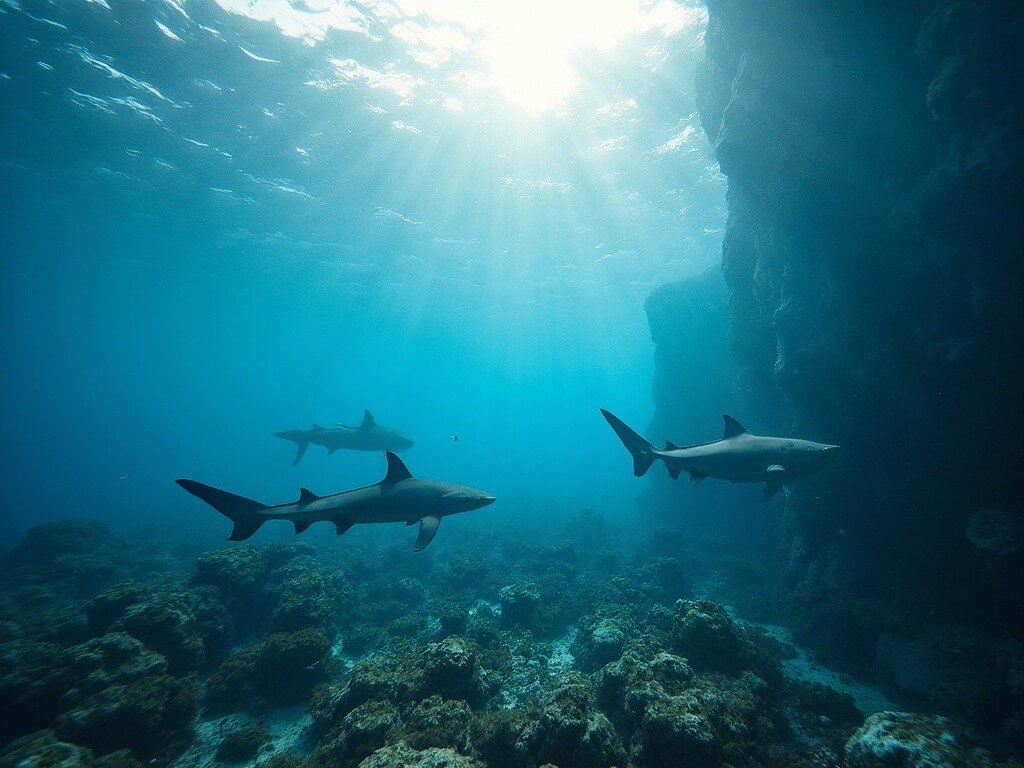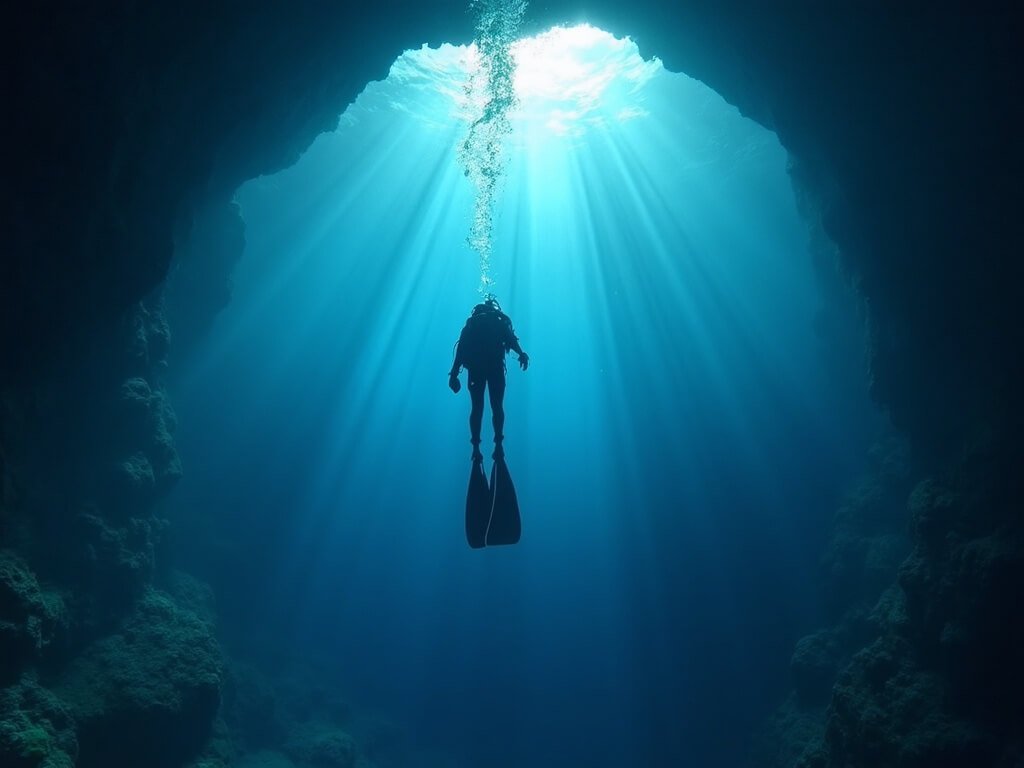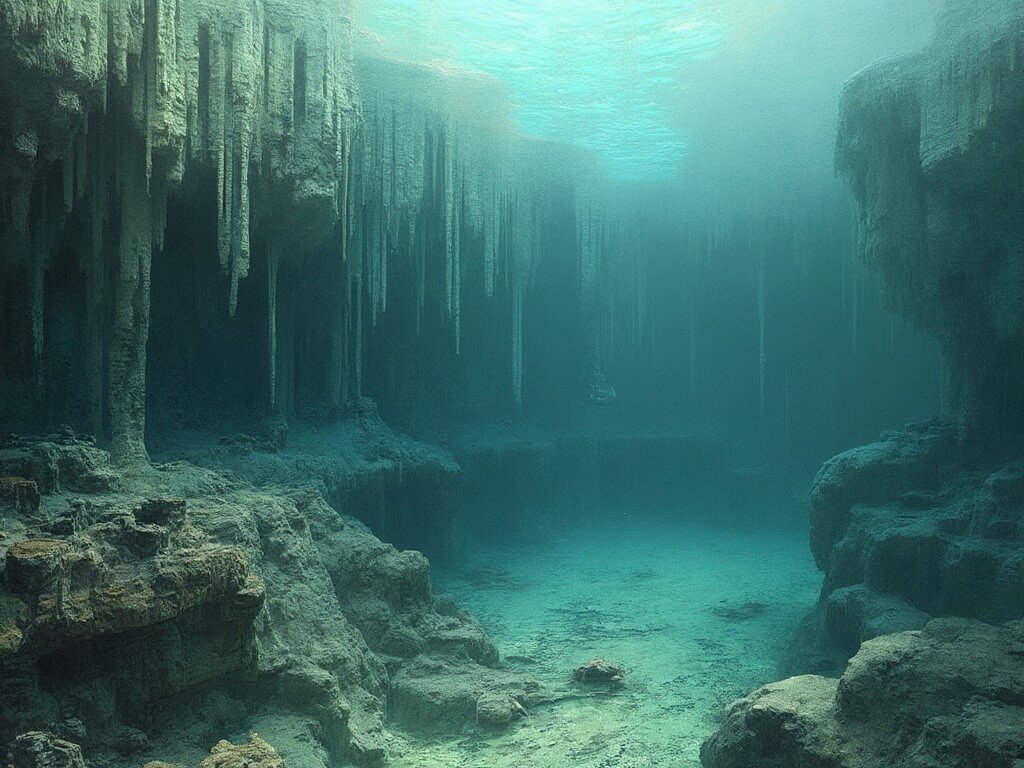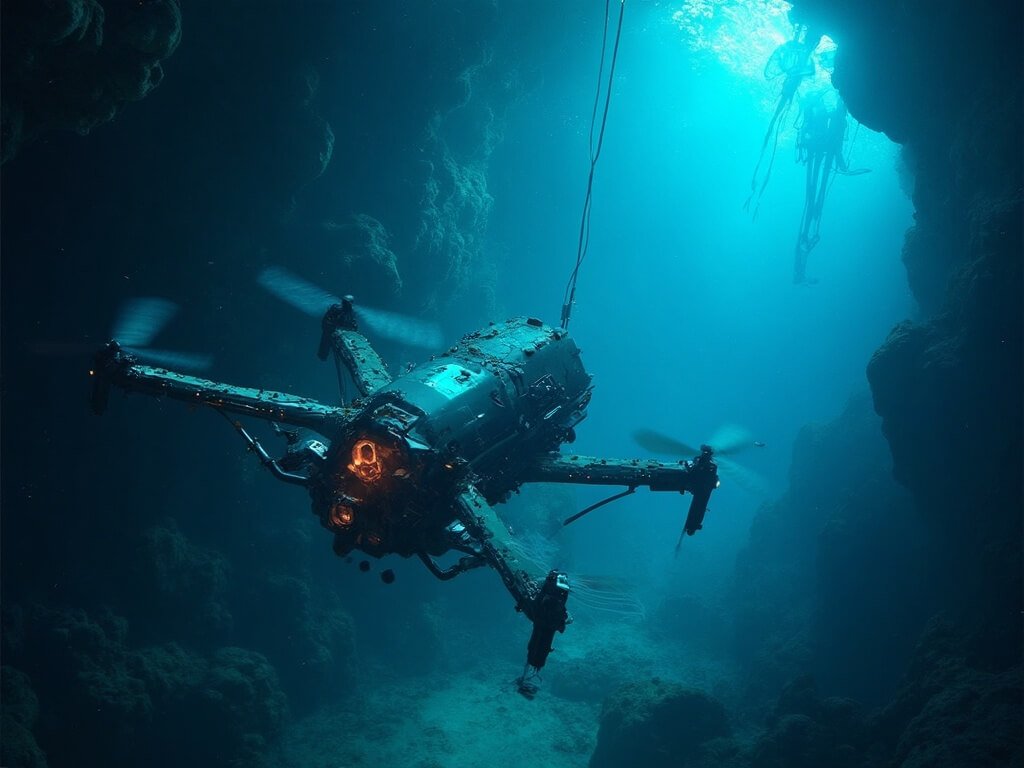The Great Blue Hole of Belize isn’t just another dive site – it’s a geological marvel that’s captured the imagination of adventurers worldwide.
Imagine a perfect circular hole in the middle of the Caribbean, so deep and mysterious it looks like someone punched a giant hole through the ocean’s surface.

This isn’t just a random geological anomaly. The Great Blue Hole is a world-renowned marine sinkhole that sits proudly within the Lighthouse Reef Atoll, roughly 70 kilometres from Belize’s mainland.
The Epic Origin Story No One Talks About
When Jacques Cousteau explored this site in 1971, he didn’t just discover a diving location – he uncovered a time capsule of geological history.
This massive sinkhole formed during the Quaternary glaciation period, when sea levels were dramatically lower. Ancient stalactites found here date back an incredible 153,000 years, telling a story of geological transformation that’s mind-blowing.
Jaw-Dropping Statistics That’ll Make Your Head Spin
Let me break down some numbers that make the Blue Hole truly extraordinary:
- Perfect circular shape: 300-318 meters wide
- Incredible depth: 124-125 meters deep
- Surface area: 70,650 square meters
- Second deepest blue hole globally
A Personal Dive Into History
During my first dive here, I remember descending through crystal-clear waters, watching limestone formations emerge from darkness.
The stalactites weren’t just rock formations – they were witnesses to prehistoric climate changes, hanging silently like ancient sentinels marking geological time.
Why This Isn’t Your Average Dive Site
The Blue Hole isn’t for diving novices. This is an advanced dive that demands respect and skill.
Typical dive depths range from 40-130 feet, with most experienced divers exploring between 12-40 meters. The descent begins on a shallow reef before plunging into the mysterious sinkhole.
Marine Life That’ll Take Your Breath Away
Despite its depth, the Blue Hole isn’t a barren underwater wasteland:
- Caribbean reef sharks patrol the depths
- Occasional hammerhead sharks make surprise appearances
- Nurse sharks glide through dark waters
- Schools of fish populate the outer reef rim
Conservation: More Than Just a Dive Site
Since 1996, this incredible location has been part of the UNESCO World Heritage Site – the Belize Barrier Reef Reserve System.
Strict fishing prohibitions and marine park regulations ensure this underwater wonder remains pristine for future generations of divers and marine researchers.
The Blue Hole represents more than a diving destination. It’s a living museum of geological history, a testament to our planet’s incredible transformations, and a reminder of how much wonder still exists beneath ocean surfaces.
As I finned through its depths, surrounded by millennia-old rock formations, I realized this wasn’t just a dive – it was a journey through time itself.
The mysterious darkness seemed to whisper stories of ancient climates, geological shifts, and the relentless power of water carving its path through stone.
Explore More Natural Wonders:
The Economic Ecosystem: Tourism’s Underwater Gold Mine
The Blue Hole isn’t just a natural wonder – it’s an economic powerhouse for Belize.
Every year, thousands of adventure seekers and marine enthusiasts pump millions into the local economy, transforming this underwater marvel into a critical tourism asset.
Local dive operators, boat captains, and hospitality workers all depend on this geological wonder. A single dive expedition can generate significant revenue for small coastal communities.
The Real Cost of Adventure
Diving the Blue Hole isn’t cheap:
- Average expedition cost: $250-$350 per person
- Full-day trips include multiple dive sites
- Professional guide fees
- Equipment rental
- Transportation costs
Sustainable Tourism: Balancing Preservation and Exploration
Conservation isn’t just a buzzword here – it’s survival.
Local authorities have implemented strict regulations to protect this fragile ecosystem:
- Limited daily dive permits
- Mandatory environmental briefings
- Strict equipment and behavior guidelines
- Percentage of tourism revenues redirected to marine conservation
The Research Frontier: Science Meets Adventure
Scientists view the Blue Hole as more than a tourist destination – it’s a climate research goldmine.
Geological layers within the sinkhole provide unprecedented insights into historical climate patterns. Researchers can literally drill through time, extracting core samples that reveal centuries of environmental changes.
Climate Change: An Underwater Warning System
The Blue Hole’s rock formations are like nature’s historical records.
Stalactite formations document:
- Ocean temperature fluctuations
- Rainfall patterns
- Prehistoric climate shifts
- Potential future environmental trends
Beyond Diving: Technology’s New Frontier
Modern exploration isn’t limited to human divers anymore.
Underwater drones and advanced mapping technologies are revolutionizing how we understand this marine ecosystem:
- High-resolution 3D mapping
- Robotic exploration of deepest sections
- Real-time environmental monitoring
- Virtual reality dive experiences for non-divers
The Future: Protecting a Global Treasure
Preserving the Blue Hole requires global collaboration.
International marine conservation organizations, local Belizean authorities, and scientific research teams are joining forces to:
- Monitor marine biodiversity
- Track environmental changes
- Develop sustainable tourism models
- Create educational programs
For more information on the region, explore NASA’s observations of Lighthouse Reef and the Great Blue Hole.
Your Underwater Bucket List Destination
The Great Blue Hole isn’t just a dive site – it’s a portal to understanding our planet’s incredible history.
Whether you’re an experienced diver or a marine enthusiast, this underwater wonder offers an experience that transcends typical tourism.
Pro tip: Book your expedition during the dry season (November-April) for optimal diving conditions and maximum visibility.
Remember, you’re not just taking a dive – you’re becoming part of an ongoing story of exploration, conservation, and wonder.
The Great Blue Hole of Belize awaits your adventure.
Interested in more travel experiences? Explore:
- Wander the Streets of Prague
- Explore Historic Savannah
- Discover the Charm of Charleston
- Experience Autumn in New England
- Design a Coastal Bedroom Inspired by the Sea

